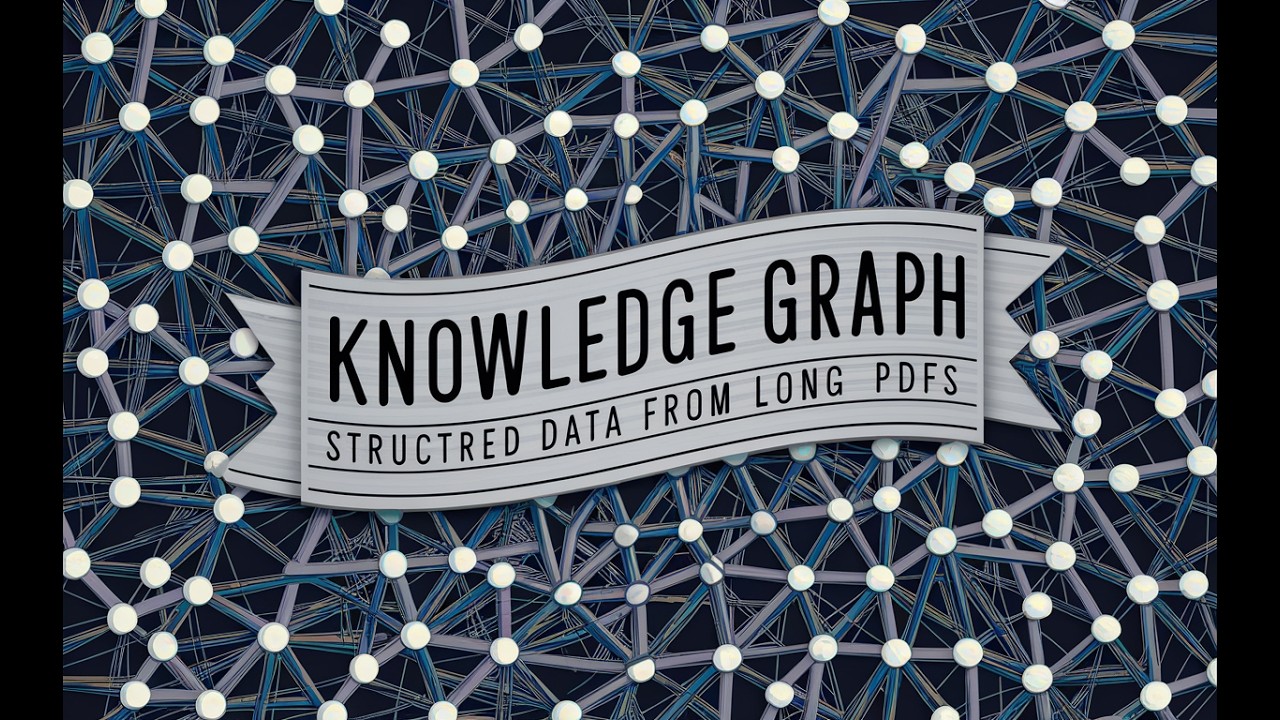The video demonstrates how to extract structured data and build a knowledge graph from a lengthy PDF document, specifically a 126-page Nvidia 10-Q report, by processing it in segments and utilizing various libraries for entity extraction and visualization. The presenter highlights the extraction process, showcases the relationships between entities, and provides a code review, while encouraging viewers to access additional resources and educational content available on their Patreon page.
In the video, the presenter demonstrates how to extract structured data and build a knowledge graph from a lengthy PDF document, specifically a 126-page 10-Q report from Nvidia. The process allows for the extraction of thousands of entities and their relationships, showcasing the capability to analyze complex reports page by page without any limits on the number of pages. By processing the PDF in segments, the presenter emphasizes the importance of the system message that guides the extraction process and the quality of the resulting knowledge graph.
The presenter illustrates the extraction process by zooming in on specific entities within the text, such as financial figures and significant rulings. By manipulating the visual representation of the knowledge graph, viewers can see how relationships between entities are structured. The presenter notes that the complexity of the graph depends on user settings, such as physics options that affect how entities are displayed. The video also mentions that the code used for this extraction is available for patrons, along with access to a wide range of other projects (https://www.patreon.com/posts/extracting-and-109421779).
The technical requirements for the extraction process include libraries such as OpenAI’s API for entity extraction, as well as NetworkX and Plotly for graph visualization. The presenter explains that while a different library could have been used, the chosen method is effective for page-by-page processing. Viewers are shown a simpler graph created from a smaller dataset, demonstrating the extraction capabilities and the interactive nature of the visualized knowledge graph once it is fully loaded.
The video transitions into a code review, where the presenter details the steps of the extraction process, starting with library imports and setting the number of pages to be processed. The method involves reading the PDF, extracting important information, and saving it as a JSON schema. The presenter highlights how to avoid repetitive entities and explains the importance of structuring the output to include citations for the extracted data, allowing verification against the original document.
Towards the end, the presenter reiterates the availability of the code files and other educational resources on their Patreon page (https://www.patreon.com/posts/extracting-and-109421779), encouraging viewers to explore more content. The video concludes with an invitation to like and subscribe for future updates, along with a mention of the presenter’s active presence on social media platforms where they share valuable insights. Overall, the video serves as a comprehensive guide for anyone interested in automating data extraction from complex PDF documents and creating visual knowledge representations.
